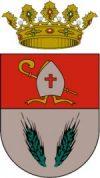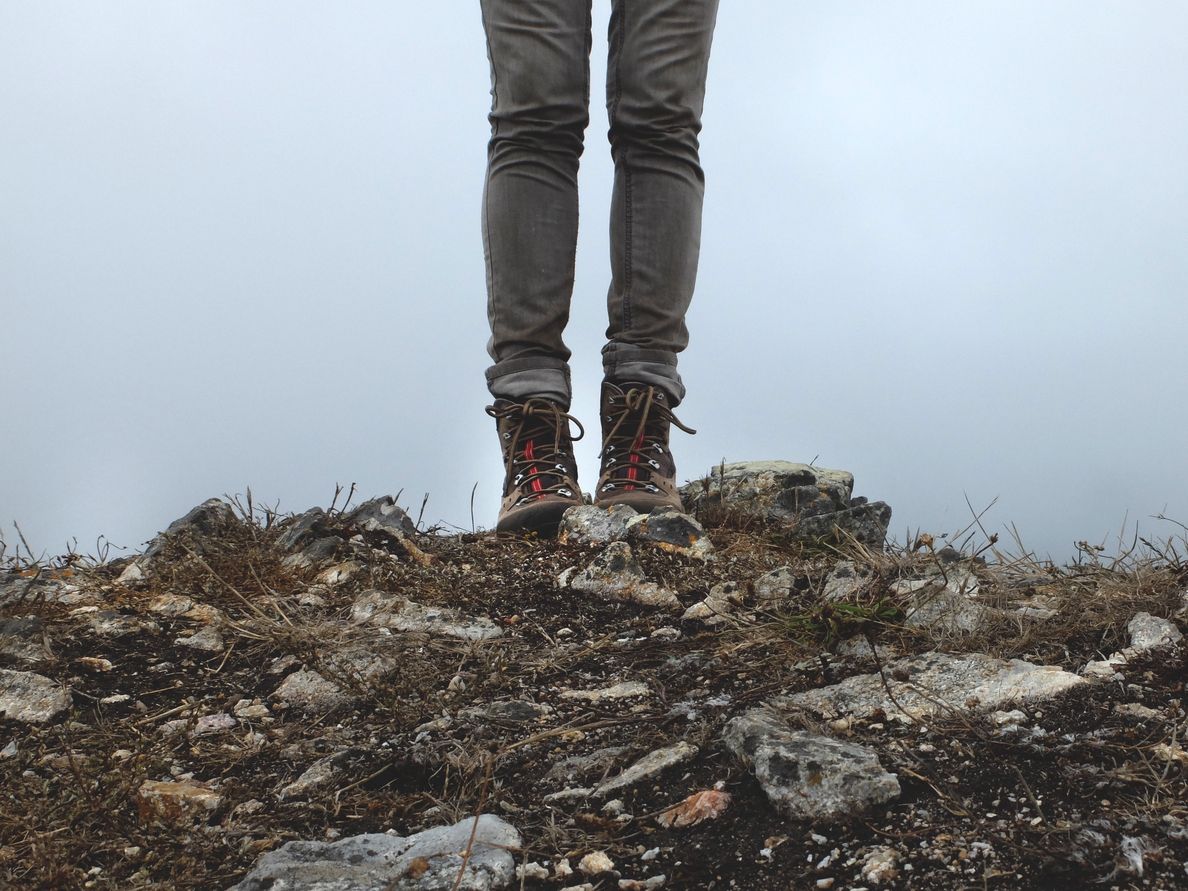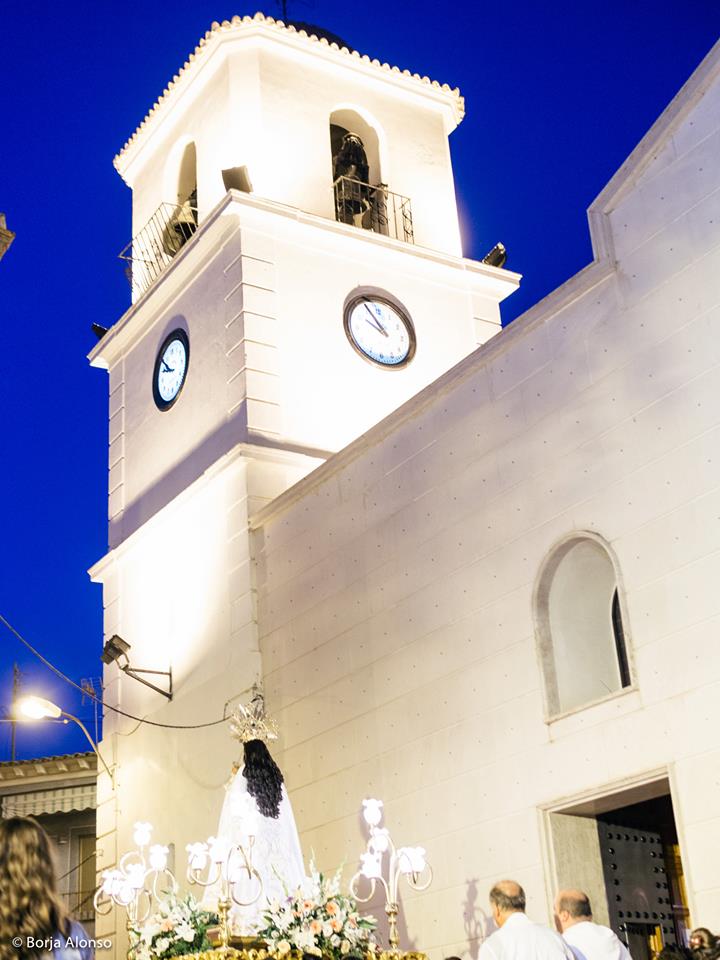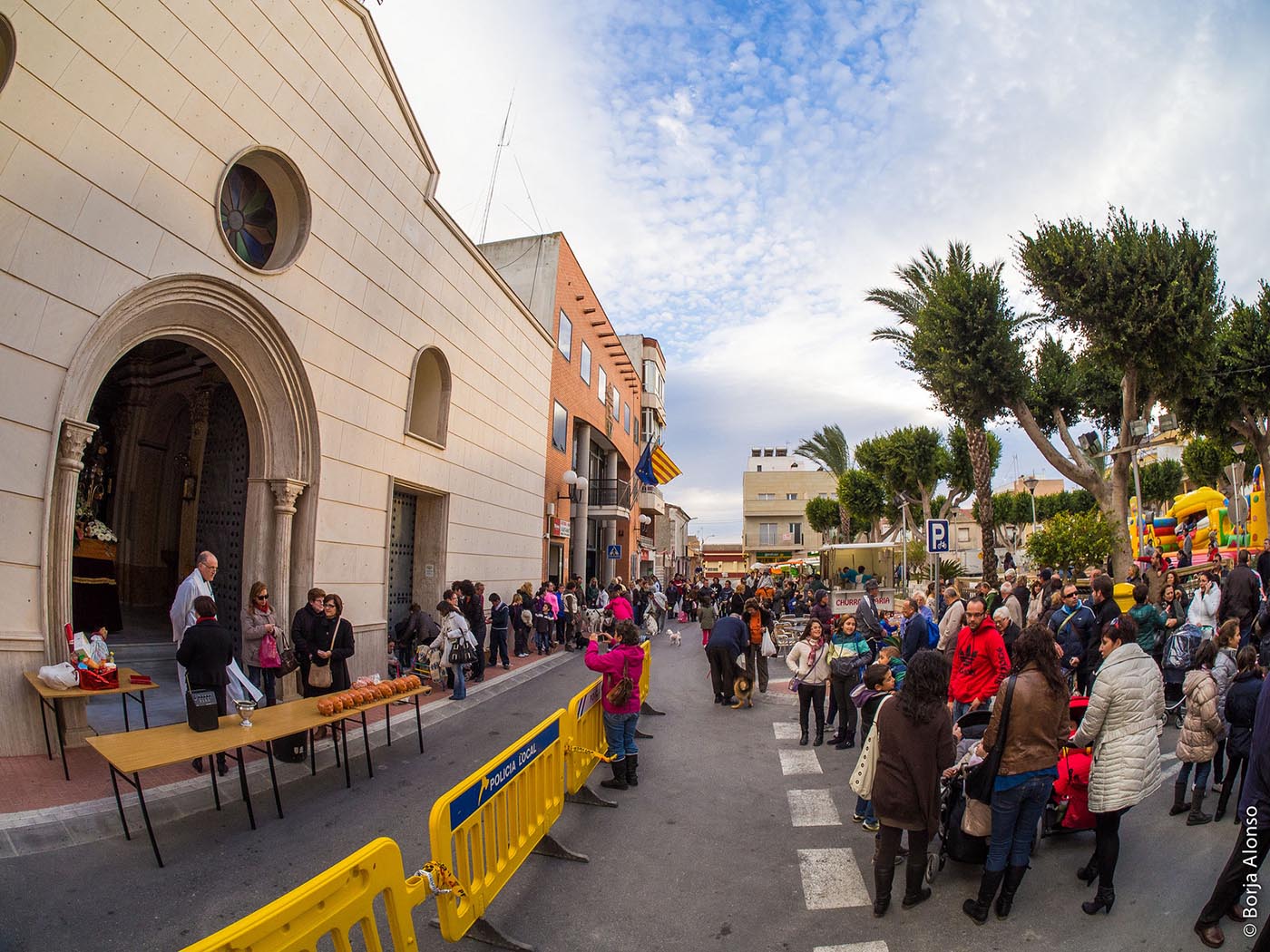General information
San Fulgencio is located in the Vega Baja of the Segura River, San Fulgencio has a completely flat relief, flanked to the north by the Sierra del Molar and very close to the coast, from which it is only a few kilometers away. It has a Mediterranean climate with mild winters and hot summers, with an average temperature of about 19º C.
Its geographical location defines its characteristics and the offer for the visitor, on the one hand San Fulgencio offers the uniqueness of an agricultural village, quiet and cozy; on the other, the culture, represented in the rich archaeological heritage existing in the municipality and finally, the enjoyment of the sun and beach for its proximity to the coast.
The numerous trails throughout the length and breadth of San Fulgencio will allow lovers of walking or cycling to enjoy the scenery offered by a town like ours. Between fields of vegetables, cereals, orange groves and plantations of different types run these paths that allow the walker to discover the aromas and smells of this land.
Contact us:
TOURIST INFO SAN FULGENCIO
C/ Ámsterdam s/n. Urb. La Marina
03177 San Fulgencio – Alicante
Telf.: 966790021
E-mail: sanfulgencio@touristinfo.net
Schedule:
Monday to Friday from 9:00 a.m. to 3:00 p.m.
In the various residential developments in the town of San Fulgencio (La Marina, El Oasis, La Escuera, Las Pesqueras, etc.) the visitor will find an extroverted and cosmopolitan atmosphere, with a wide range of services such as a post office, health center, tourist office, shopping centers, restaurants, leisure areas, etc.
In addition, these urbanizations are located about two kilometers from the town center, in the northern part of the municipality and only one kilometer from the beach.
Like any other town, San Fulgencio also dedicates an intense program to leisure and festivities. Festivities that reflect the tradition of an agricultural town.
Alicante, town by town
The exceptional climate and its peaceful atmosphere have made San Fulgencio the municipality with the highest proportion of foreign residents in Spain. Located in the Vega Baja and surrounded by cereal fields, it also has important archaeological sites.
A bit of our history
The history of San Fulgencio begins in the 18th century, when D. Luis de Belluga y Moncada, Bishop of Cartagena and Murcia, thought of the possibility of draining and populating these lands, which at that time were a source of infection for the surrounding population, and turning them into fertile lands suitable for cultivation. This project became known as the “Pías Fundaciones”.
To this Bishop is also due the name of the locality, as well as that since its foundation, it has the category of Villa Real, granted by King Felipe V. Its foundation dates back to 1729.
The first contingent of population that settled in San Fulgencio came from the Segura river basin (Murcia and its huerta). In 1794 San Fulgencio had 1,215 inhabitants, although due to the ups and downs of the crops and epidemics in 1857 the population had been reduced to 866 registered inhabitants.
A town that has traditionally been dedicated to agriculture, is experiencing a very strong and steady growth, due to the tourists it receives, given its special location next to the coastal enclaves of La Marina (Elche) and Guardamar del Segura, which has caused that, in addition to the main core, new developments have been built closer to the coast. The largest of these is the Urbanización La Marina, begun at the end of the 80s.
During the Civil War (1936-1939), it was called the Ukraine of the Segura .








